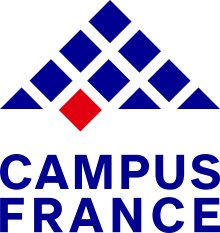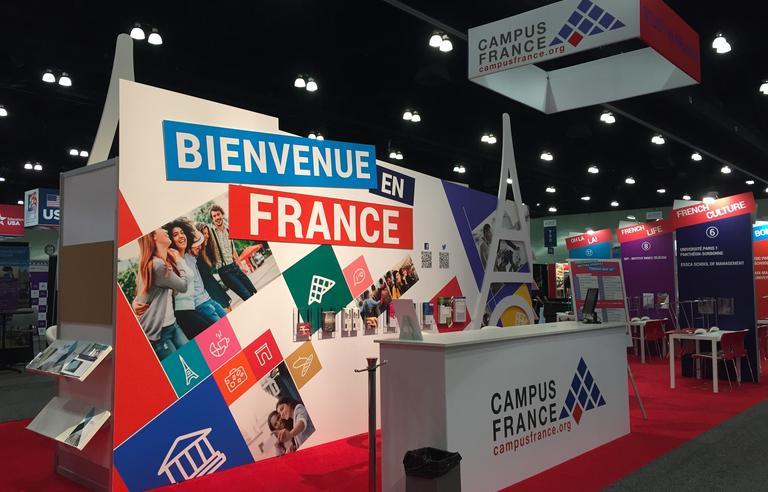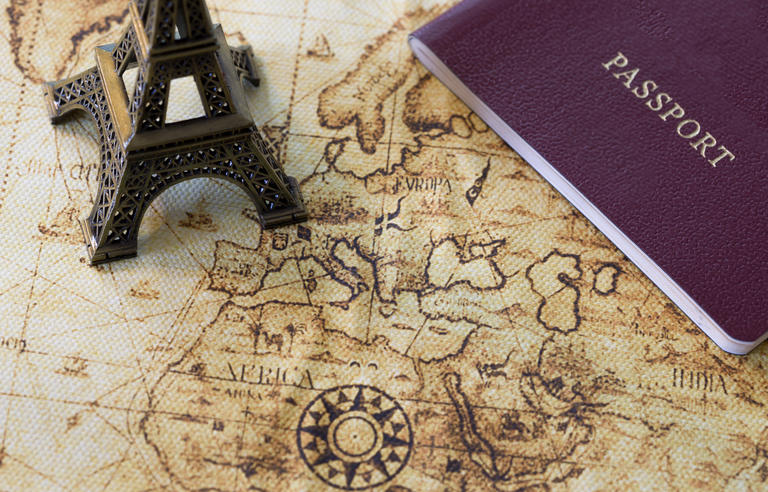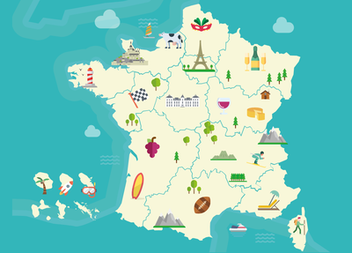ระบบคมนาคม
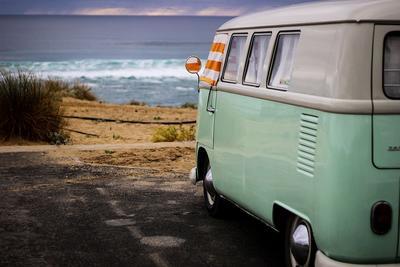
ฝรั่งเศส เป็นประเทศที่เพียบพร้อมในเรื่องระบบขนส่งคมนาคม ทั้งทางบก ทางน้ำ ทางอากาศ
ระหว่างเตรียมเนื้อหา
เพิ่มเติม https://www.campusfrance.org/en/how-to-travel-in-France
TAKING THE TRAIN
Getting from Paris to Lille or Lyon to Marseille in one hour? It's possible by TGV (Train à Grande Vitesse - High Speed Train). Even London is only three hours from Paris. France has one of the most effective rail networks in the world. It is managed by the SNCF (Société Nationale des Chemins de Fer français – French National Railway Company). Its mobile application lets you reserve tickets without having to print them out.
Good deals when travelling by train
- Billets Prem's: on sale for regular lines three months before the departure date, these tickets are relatively cheap.
- Ouigo trains: these lowcost trains go to stations well away from town centres, but the stations are still accessible by public transit.
- The troc des trains: on this legal train ticket resale site, you can find cheap, lastminute tickets.
- The carte Jeune: reserved for young people under 28 years of age, it costs 50 euros per year and gives you a discount of at least 25% off all trains.
- The TGV Max subscription: also reserved for young people aged under 28, the monthly 79-euro charge lets you take the TGV as much as you want, subject to certain conditions.
- The Pass Interrail: this single ticket lets you travel freely by train in over 30 countries in Europe.
Have a look at Brian's article, American student at Sciences Po, E-Ambassador for Campus France, on the best ways to reduce the cost when travelling by train.
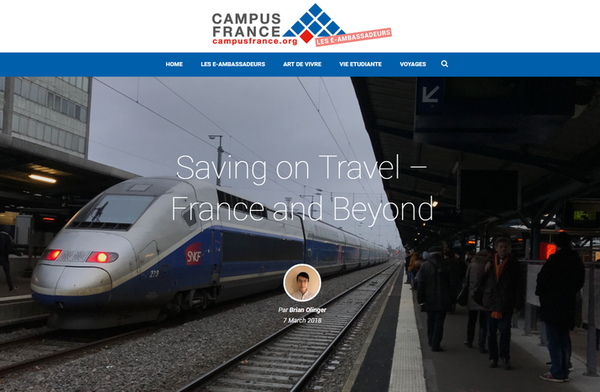
GOING BY BUS
The bus goes to lots of destinations in France and Europe with very attractive fares. Unlike the train, the price remains low even at the last minute. Reclining seats, Wi-fi, electric sockets: buses are getting more comfortable with each passing year. You can reserve your tickets from the following companies: Ouibus,Isilines and Flixbus or use the comparison site Comparabus.
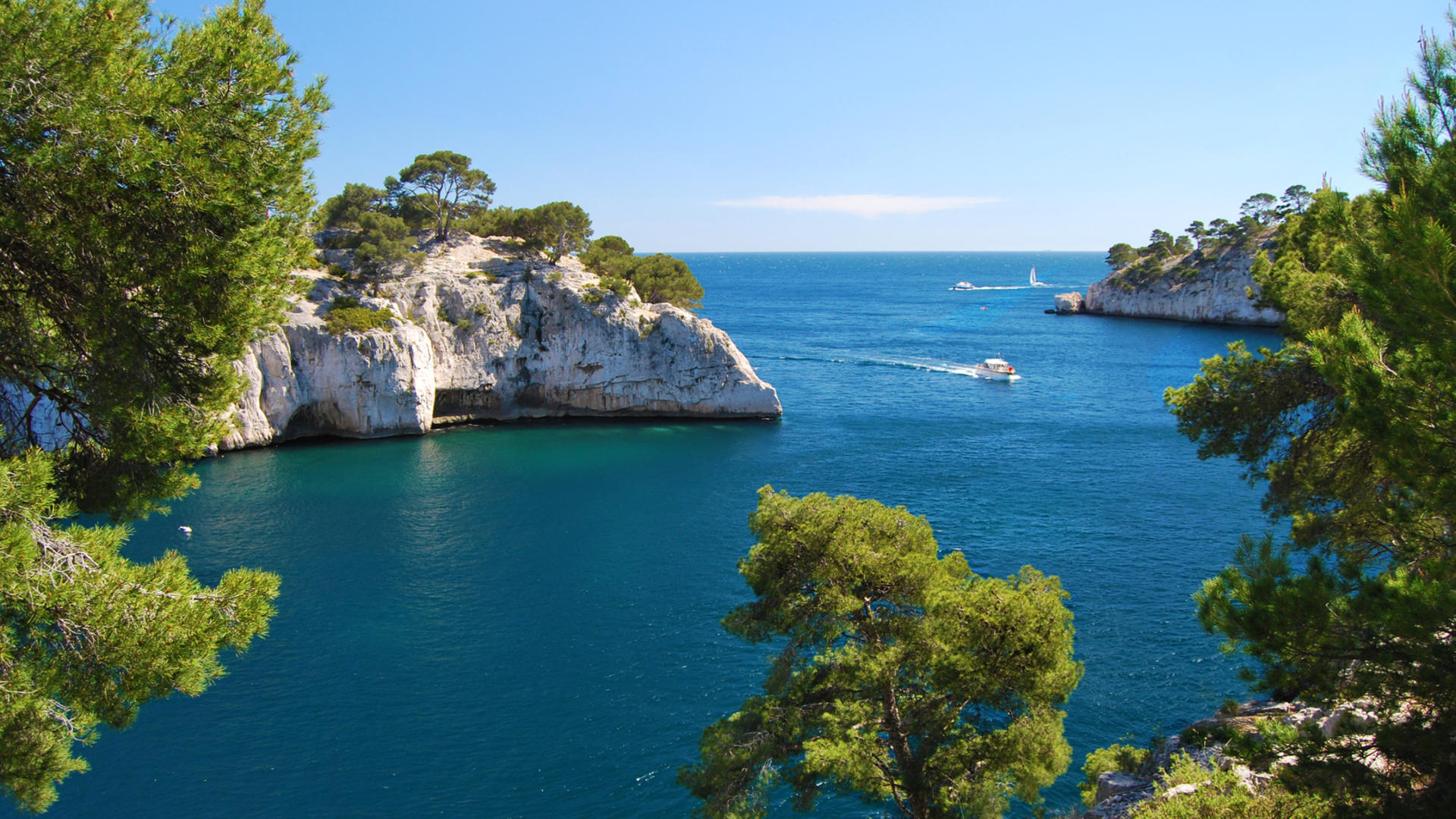
TRAVELLING BY PLANE
There are about 45 airports connecting the different cities in France. From Paris Orly or Paris Charles de Gaulle, the Paris airports, you can get to Nice, Toulouse, Lyon, Marseille, Strasbourg and Bordeaux in just over an hour.
There are many low-cost airlines in France. Air France also has a low-cost subsidiary, Transavia, and has created Hop!, a subsidiary specialised in domestic flights. It offers a youth card for those aged 12-24 and a weekend card starting at 69 euros.
DRIVING IN FRANCE
Visiting the back country around Toulouse and cruising through the moors of Brittany is much easier by car. You can drive in France if you have a European driver's licence or an international driver's licence (if you are not European).
Got your own car? You have the right to bring it to France and drive it here. Nonetheless, after six months, you will have to have an international driver's licence and your vehicle will have to pass a roadworthiness inspection.
Good to know: the French drive on the right with the steering wheel on the left, and seatbelts must be worn in front and in back. You do not have the right to use a mobile phone while driving, even with a hands-free kit. For safety reasons, there must be a reflective safety jacket, a warning triangle and two breathalyser tests in the car. In fact, remember if you drink, don't drive!
Good ways for travelling by car when you don't have one
- Renting from individuals: Drivy, Ouicar and Koolicar put those needing a car in touch with those looking to rent theirs. These rentals have fewer restrictions than rental agencies, in particular when it comes to renting to drivers with a foreign licence.
- Car-pooling: an economical, friendly and very popular solution in France. It's a great way to get around and will give you the chance to practise your French. The Blablacar application is the reference for the sector in France.

